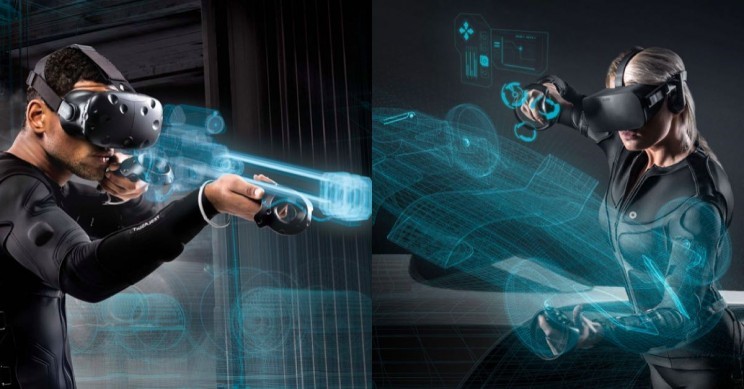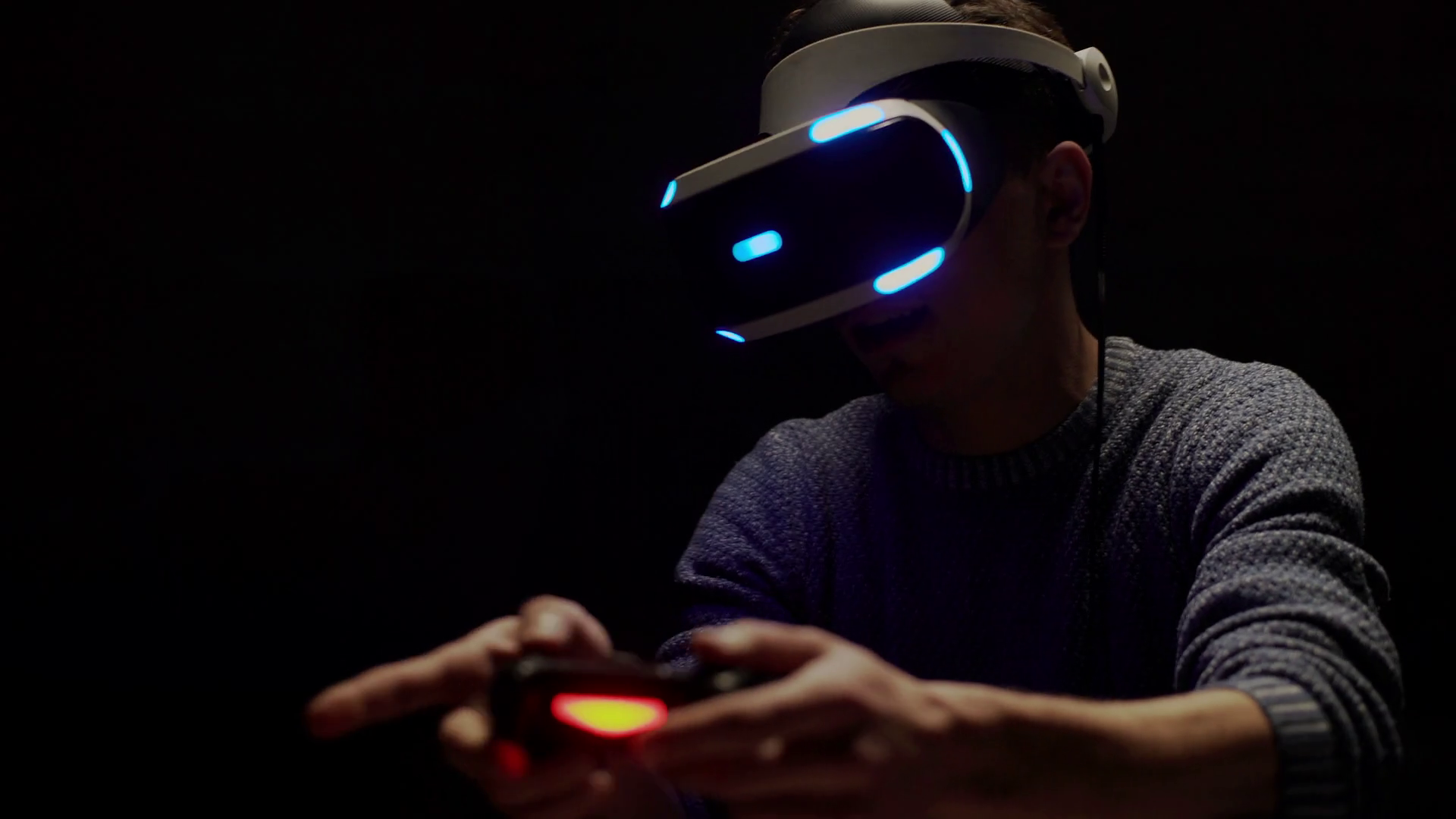Virtual Reality or VR as everybody calls it these days is a technology which allows the user to step into the virtual world with a snap of their fingers. The user does this by wearing a headset and uses motion controllers to guide their movements. Earlier gaming was restricted only to your everyday PC, console or handheld device, however thanks to VR we are now able to experience a level of immersion like none other. The concept of VR is nothing new though and has been thought of since 20th century.
The idea of Virtual Reality has also been depicted through other mediums such as books and films where the authors and filmmakers talk about utopian futures where people are transported into the digital world through the help of such devices. Steven Lisberger’s Tron and Ernest Cline’s Ready Player One are two notable examples that talk about such futures in their respective material. Characters are transported to entirely new worlds that are jaw dropping, grand and breathtakingly beautiful.
So how far are we from reaching their futures? Well we are edging closer and closer to it every single day believe it or not thanks to companies such as Oculus, HTC, Google and Sony who have come out with their own VR technology. Oculus first started with their Oculus Rift prototype back in 2011 and advanced to the consumer version in 2016, which was later followed by Oculus Go and Oculus Quest in 2019.
Both HTC and Sony decided to throw their hats in the ring with their own headsets, the HTC Vive and the PlayStation VR respectively. The Vive and PlayStation VR both released in 2016 and have given developers the incentive to make games for this technology. Today players can roam about the creepy hallways in horror games, interact with online players in huge sandboxes, or shoot their way through enemies in first person shooters

Though as good as VR sounds it’s not perfect by a long shot. VR is still in a developing phase (Microsoft’s Hololens being a prime example) as lots of consumers have complained about two things, the price and the side effects of VR. Since VR is fairly new it isn’t cheap and ends up costing at least 400-600 U.S dollars which is the average price of your console these days. The second complaint regarding side effects is also huge where people have reported of motion sickness, nausea, and headaches after some VR experiences. The setup of VR is also intimidating to consumers as VR requires a spacious room to play in. VR games which rely heavily on mobility pose problems to consumers who are concerned about their safety and valuables. Despite its shortcomings the future of VR looks promising as tech analysts have predicted that due to technological advancements, the price of VR headsets will eventually go down and will be more user friendly in regards to the side effects of VR. It’s crazy to think how far VR has come from its infancy days in the 60’s to the life changing experience it has become today. The only way to go from here is up and it will be fascinating to see how VR will lead the future of the gaming industry.

